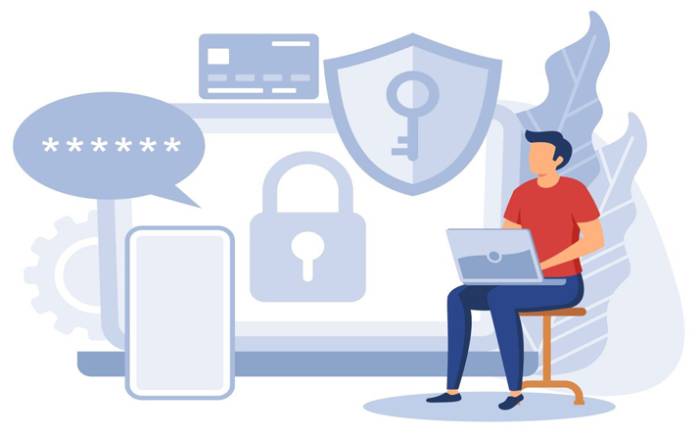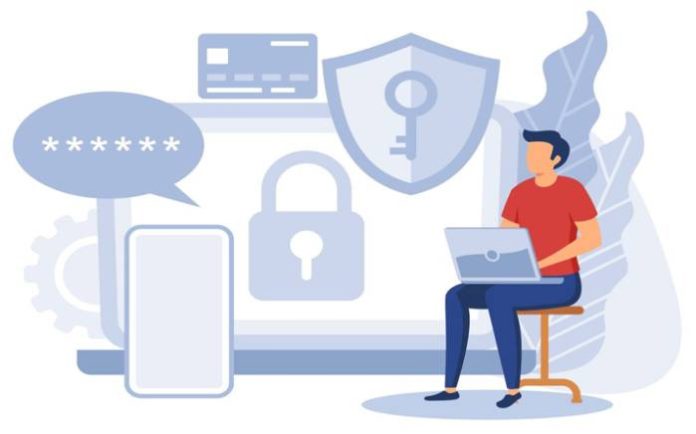Physical security is critical for any business to protect its assets, property, inventory, equipment, data, employees, and customers. Implementing effective physical security measures serves several key purposes.
The potential costs of lax physical security are too great for businesses not to make it an executive priority commensurate with the size and scope of operations. A customized plan using risk assessments and security technology provides the best defense.

Assessing Potential Security Threats
To develop an effective physical security strategy, one must first realistically assess potential threats. What unwanted guests may attempt entry, and for what purpose? Disgruntled former employees, intrusive paparazzi, or determined thieves require differing countermeasures. Conducting thorough threat assessments allows one to allocate resources wisely when securing facilities. Genetec can help with this assessment.
Controlling Site Perimeter Access
The first line of defense for any secure location is strict control over its external boundaries. Fencing, barricades, security checkpoints, and other measures regulate ingress and egress. Installing surveillance cameras with an unbroken line of sight around the entire perimeter provides further safeguards.
Monitor these feeds diligently for early detection of trespassers. For the highest level of protection, distractions like vegetation or structures that limit visibility should also be minimized along site perimeters.
Restricting Internal Access
Simply denying initial building access to unwanted guests is insufficient for comprehensive security. The defense strategy must also compartmentalize internal areas by clearance level, with more sensitive locations requiring escalating authorization to enter.
Create buffer zones, install modular access control systems, and establish protocols for escorting uncleared personnel. This layered approach curtails the potential damage should an adversary breach the exterior defenses.
Deterring Intrusions Physically
While procedural countermeasures play a key role, physical barriers also actively deter intrusions. Reinforced doors, ballistic glass, crash-resistant bollards, steel grates, thick safe walls, and other impediments make unauthorized entry exceedingly difficult. Funneling visitors through designated checkpoints allows for screening as well.
The presence of armed guards prepared to confront trespassers also cannot be discounted as a deterrent. Demonstrating these robust physical protections diminishes the likelihood an unwanted guest even attempts to outsmart them.
Enhancing Security Posture Through Design
When constructing or renovating secure facilities, building design itself provides another avenue for boosting defensive capabilities. Designers should seek to eliminate blind spots, enhance sight lines for monitoring, optimize lighting, incorporate blast-resistant materials, and address other vulnerabilities that could be exploited by adversaries.
If possible, critical assets should be positioned away from likely points of attempted entry. While prudent design alone does not negate the need for procedural and physical countermeasures, it meaningfully augments overall security posture.
Leveraging Cutting-Edge Technology
Lastly, deploying advanced technology like AI-powered surveillance systems, smart sensors, and biometrics for identification serves to automate, accelerate, and streamline physical security. Analytics detect abnormalities and identify risks in real time, while machine learning algorithms constantly improve.
Some emerging technologies even aim to integrate and correlate inputs from various sensors into unified platforms with simple, intuitive interfaces. State-of-the-art tools thus expand human capabilities for monitoring, assessing, and rapidly responding to potential intrusions. No security manager should neglect to evaluate such technology options to combat unwanted guests.
With comprehensive threat assessments, strong perimeter control, regulated internal access, robust physical barriers, prudent facility design, and cutting-edge technology in place, organizations can develop sophisticated defenses against intruders that significantly reduce risks. Rigorous, multi-pronged strategies for outsmarting unwanted guests are essential to securing critical facilities and assets in today’s complex world.







































